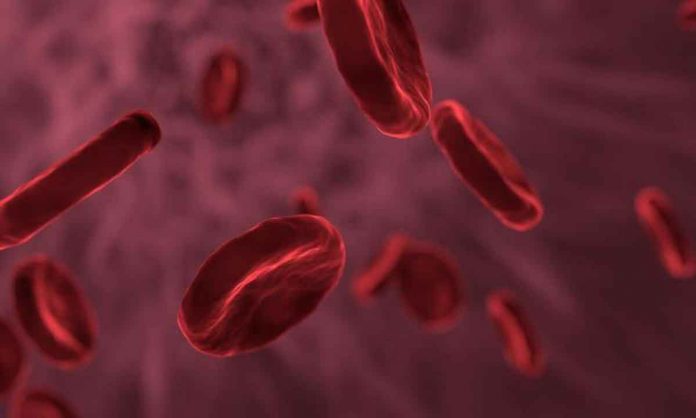According to a new study, a natural small molecule derived from a cypress tree can transport iron in live mice and human cells lacking the protein that normally does the job, easing iron buildup in the liver and restoring haemoglobin and red blood cell production.
The study, which was conducted by researchers from the University of Illinois Urbana-Champaign, the University of Michigan, Ann Arbor, and the University of Modena in Italy, demonstrated that the small molecule hinokitiol could potentially function as a “molecular prosthetic” when the iron-transporting protein ferroportin is missing or defective, providing a potential treatment path for ferroportin disease and certain types of anaemia.
“This is a really striking demonstration in an entire animal model that an imperfect mimic of a missing protein can reestablish physiology, acting as a prosthesis on a molecular scale,” said study co-author Dr. Martin D. Burke, an Illinois professor of chemistry and a member of the Carle Illinois College of Medicine, as well as a medical doctor. “The implications are really quite broad in terms of other diseases caused by protein function loss.”
Ferroportin is a protein that creates a channel for iron transport in and out of cells. Ferroportin deficiency can be caused by a genetic mutation, inflammation, or infection. Patients who do not have the protein have an excess of iron in their liver, spleen, and bone marrow, particularly in a type of cell known as a macrophage. Macrophages in the liver digest old red blood cells and transport the iron inside to be recycled into new red blood cells. However, without ferroportin, iron accumulates inside cells and cannot be recycled, according to Burke.
Removing blood from the body, as is typically done for other diseases caused by iron buildup, is ineffective because the buildup is localised and iron levels in blood are actually low, according to study co-author and Modena professor of medicine Dr. Antonello Pietrangelo. Pietrangelo was the first to distinguish genetic ferroportin disease in patients from a more well-known form of iron overload that causes iron to accumulate in blood serum.
In 2017, Burke’s group at Illinois described hinokitiol’s ability to shuttle iron across cell membranes and correct anaemia in zebrafish, establishing it as a potential therapeutic candidate. Researchers investigated the action of hinokitiol in live mice lacking the ferroportin gene, as well as in macrophages from ferroportin disease patients, in a new study published in the journal PNAS.
Young-Ah Seo’s research group at Michigan, which studies iron and manganese genetic disorders, demonstrated that hinokitiol could improve anaemia in mice.
“We found that hinokitiol reduced iron accumulation in the liver and improved haemoglobin and red blood cell production in mice,” said Seo, a nutritional biochemistry professor and co-lead author of the study.
“These findings imply that hinokitiol could transport iron from the liver to red blood cells, improving haemoglobin in mice.”
Although the iron distribution in mice treated with hinokitiol remained abnormal, hemoglobin and red blood cell levels were restored to normal levels. This suggests that the small molecule, while not a perfect replacement for ferroportin, could effectively treat anaemia, according to Illinois graduate student Stella Ekaputri, the study’s first author.
“There is a functional threshold in healthy organisms. Our goal is to provide a small boost so that the threshold is reached “According to Ekaputri. “Even though our small molecule is not perfect, hemoglobin’s homeostasis has been restored. Only a minor boost is required to overcome the bottlenecks caused by ferroportin deficiency.”
The researchers dug deeper to learn how hinokitiol increased iron transport and haemoglobin production in mice. They discovered that hinokitiol bound to iron in macrophages where it had accumulated and ferried the iron out of the cells. The iron was then passed on to another protein, transferrin, which inserted it back into the normal hemoglobin-production cycle, according to the researchers.
The researchers confirmed that hinokitiol worked the same way in human cells by studying its action in liver macrophages from ferroportin disease patients.
“We were able to show that hinokitiol can very efficiently remove ‘free iron’ and also iron stores from macrophages of patients with different mutations using our patients’ macrophages,” Pietrangelo said. “This, together with data from mice demonstrating that hinokitiol is also effective in vivo, opens up a completely new avenue for the treatment of this disorder.”

